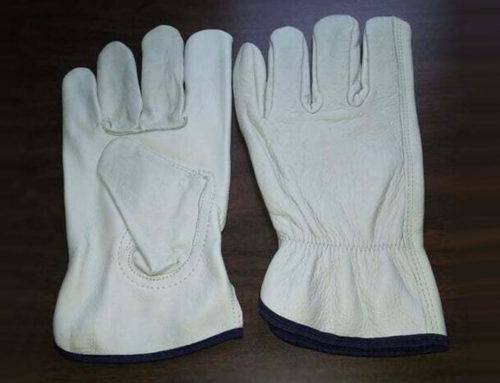From May of 2018, thanks for this article go to UNL Beefwatch and Bethany Johnston, Nebraska Extension Educator, Beef Systems, at University of Nebraska Lincoln. You can always find great grazing related information by checking out the UNL Beefwatch newsletter.
“We always turn out on May 15th.” Have you heard that before? Does a calendar date decide when the plant is ready to be grazed? While cool-season grasses break winter dormancy when the soil temperature is a few degrees above freezing, warm-season grasses prefer soil temperatures above 50 degrees F to break dormancy and begin growth. Both previous year drought and soil/air temperature affect how you should manage your pastures this growing season.
Maybe a producer should consider the “leaf stage” instead.
The leaf stage of a plant can help a producer decide when the plant has enough leaf area to best tolerate grazing.
What is “leaf stage”? A simple definition is the number of leaves on a plant’s tiller or stem. If you pluck a stem at ground level, you can physically count the leaves. Count mature leaves, or leaves that are collared- the leaf blade goes all the way around the stem, like a collar on a shirt.
Now you try. Check out this picture and see if you can tell what leaf stage it’s in.
And this one?

Yes! It’s a 3 leaf stage.
What Do You Do With This?
Now you can check to make sure your grasses are ready to graze.
Cool-season grasses can be grazed in the spring, but need to develop 3 leaves before you graze. After the third-leaf stage, the plant has captured enough energy reserves to regrow after the plant has been defoliated. The plant’s stores are not quite built up at the two-leaf stage. Grazing at the two-leaf stage could weaken the plant.
Remember, cool-season grasses like warm days and cool nights. Cool-season grasses start growing in the fall and another surge of growth occurs in the spring. Examples of cool-season grasses are smooth brome, western wheatgrass, needle and thread, porcupine grass, and prairie junegrass. With the cooler than normal temperatures this spring, producers may need to delay turnout until their cool-season grasses reach the third-leaf stage.
Warm-season grasses grow well when the weather turns warmer (warm days and warm nights). These plants usually grow rapidly in the summer months of July and August.
Due to colder than normal temperatures, grazers may need to consider a “delayed turnout” this spring. To prevent damaging grass production, grass needs a head start to grow leaves and store enough reserves in the roots for regrowth after grazing. A helpful rule of thumb for grazers is to wait until the 4th leaf stage before grazing.
To graze warm-season grasses, wait until the grasses have reached a four-leaf stage. There should be four mature leaves coming off of one tiller or stem. Again, this allows the plants to regrow after grazing or defoliation events. The four-leaf stage is when four of the grass blades are fully developed at the collar of the grass blade.
via Test Yourself – See if You Know When Your Grasses Are Ready to Graze — On Pasture



